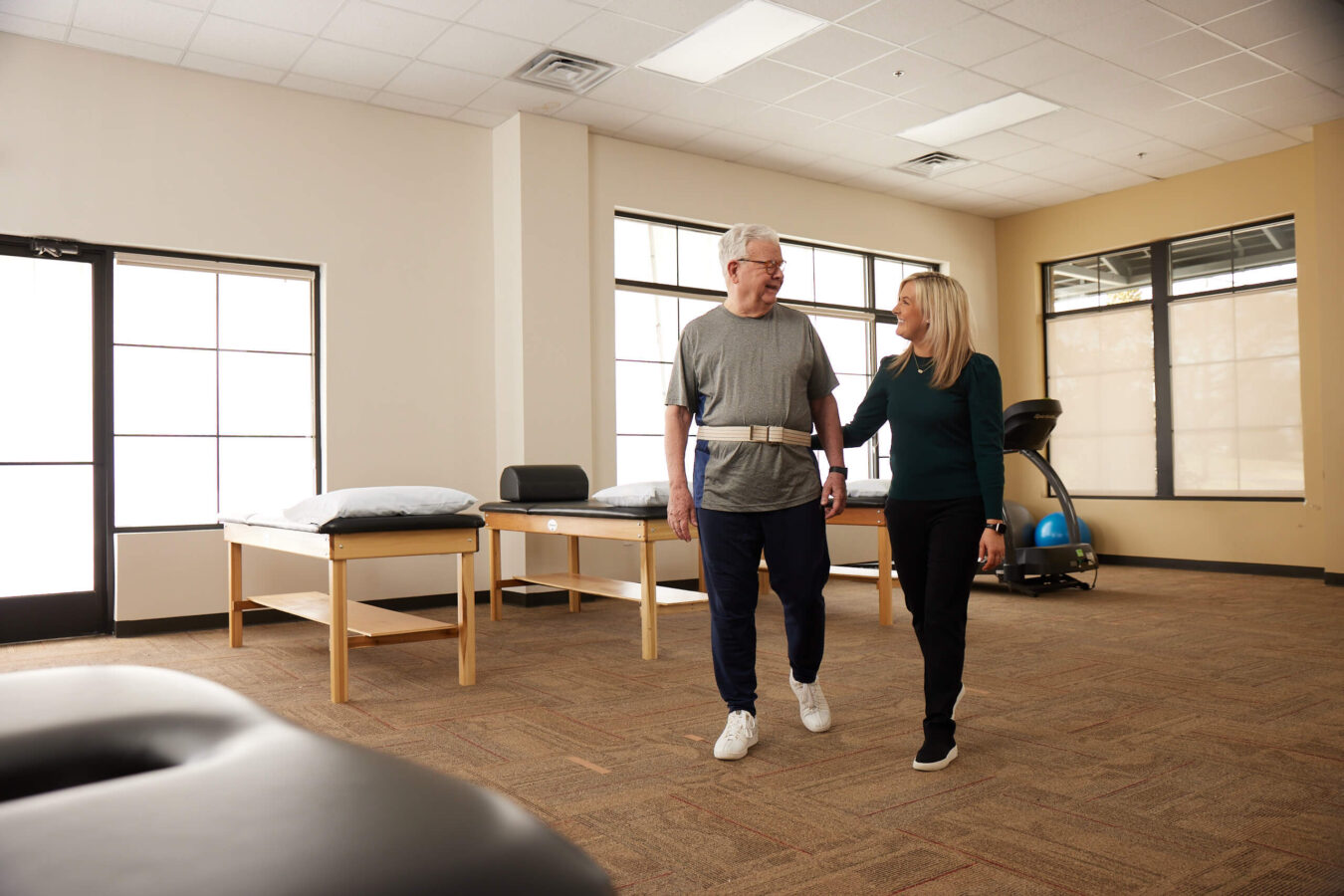Physical therapists play a crucial role in managing neurological disorders. They help improve movement and quality of life. With a focus on personalized care, they tailor exercises to meet individual needs. A good example is stamford pilates, which integrates core strengthening and balance exercises. Physical therapists aim to restore function and boost confidence in patients dealing with complex conditions.
Understanding Neurological Disorders
Neurological disorders affect the brain, spine, and nerves. Conditions like stroke, multiple sclerosis, and Parkinson’s disease fall under this category. These disorders can cause muscle weakness, coordination problems, and balance issues. Physical therapy can help manage these symptoms and improve daily function.
Key Goals of Physical Therapy
Physical therapy targets specific goals to address neurological issues:
- Improving mobility: Therapists use exercises to enhance movement.
- Increasing strength: Building muscle strength supports better posture and function.
- Enhancing balance: Balance exercises reduce the risk of falls.
Techniques Used in Physical Therapy
Physical therapists employ various techniques to address neurological disorders:
- Therapeutic exercises: These are structured activities focusing on strength, flexibility, and endurance.
- Manual therapy: Hands-on techniques help reduce pain and improve movement.
- Assistive technology: Tools and devices aid in mobility and independence.
Benefits of Physical Therapy
Physical therapy offers numerous benefits for those with neurological disorders:
- Enhanced independence: Patients often regain the ability to perform daily tasks.
- Improved quality of life: Increased mobility and strength lead to a more active lifestyle.
- Pain management: Therapeutic techniques help alleviate chronic pain.
Case Study: Stroke Rehabilitation
Consider stroke rehabilitation as an example. After a stroke, patients may experience weakness on one side of the body. Physical therapists develop a personalized plan to strengthen muscles and improve coordination. This can lead to significant recovery and better daily functioning.
 Comparison of Techniques
Comparison of Techniques
| Technique | Purpose |
|---|---|
| Therapeutic Exercises | Improve strength and flexibility |
| Manual Therapy | Reduce pain and enhance movement |
| Assistive Technology | Promote independence |
Educational Resources
For more detailed information on physical therapy in neurological disorders, the American Physical Therapy Association provides extensive resources. Additionally, the National Library of Medicine offers insights into various therapeutic approaches.
Conclusion
Physical therapists are vital in helping patients with neurological disorders regain movement and independence. Through targeted exercises and personalized care, they address the unique needs of each patient. With their expertise, many individuals lead more fulfilling and active lives despite their neurological challenges.






